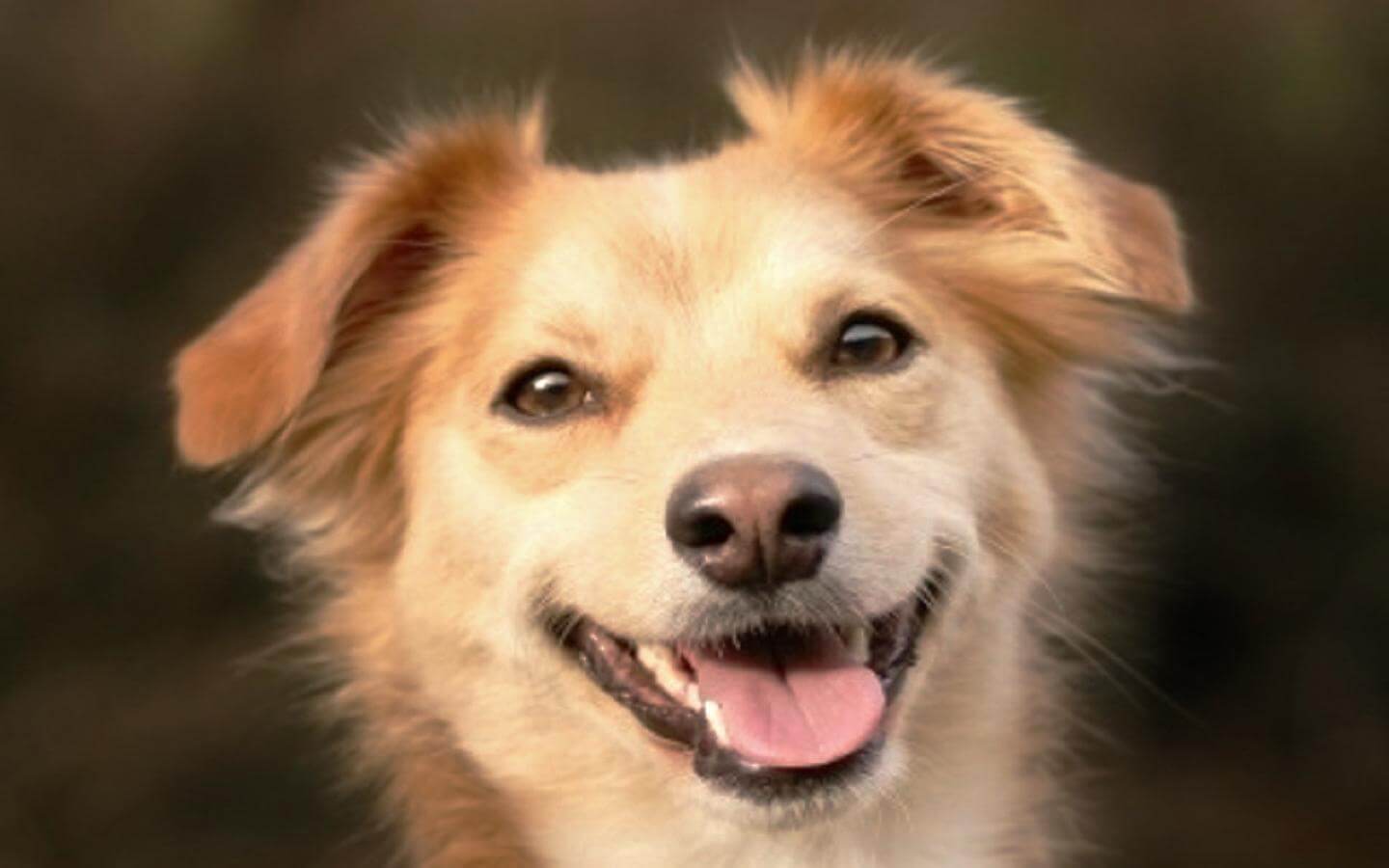
There are events for which our dog turns on like a light bulb, and takes special provisions in response to events that are going to happen. We discover how positive and negative emotions in animals affect the emotional development of the dog.
Positive and negative emotions in animals
The dog’s emotions are a very important component in the life of our four-legged friend, through the latter fact may interpret what is going on around him and put himself in the physical and behavioral conditions to address them. For example, when a dog is afraid, his heart rate increases, while if it is disgusted by something the beating of his heart slows down; anger instead makes impatient, and playfulness increases his desire for interaction. As for us humans, there are positive animal emotions animals that give pleasure and increase the openness to the world, and negative animal emotions that tend to diminish the desire for interaction.
When the dog comes into contact with objects or situations that are totally new, depending on the type of emotion provoked, they will be stored in his memory as either pleasant events or adverse events. For this reason it is very important to ensure that our friends perceive most of the objects and everyday situations positively, otherwise neither of you will have a very nice life.
Emotional development of the dog
The main events that the dog must perceive as positive emotions in order for both you and them to have a pleasant and serene life are: transport, such as automobile rides and public transport; outdoor premises; the presence of children, other dogs or strangers; bicycles and wheelchairs; being petted, the elevator; the dog carrier; the slamming of a gate or door of the car as well as many other events of everyday life.
There may be some situations that disturb your dog. It is up to you to make sure that your four-legged friend perceives events and objects of everyday life positively. Therefore, urgent action is required as soon as the dog shows signs of fear towards one of these hypothetical situations. This intervention will have more effect on a puppy, in fact, the first year of life is critical to the emotional development of a dog, and adopting a puppy requires attention which includes the necessary knowledge to make sure your furry friend grows into an emotionally balanced adult.


















